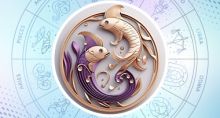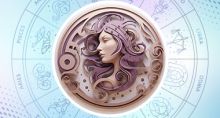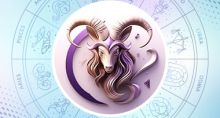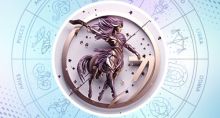What is the significance of Ratha Saptami?
What is Ratha Saptami?
Ratha Saptami or Rathasapthami is a festival that Hindus in India celebrate. It is observed on Saptami (seventh day)) in Shukla Paksha (bright half) of Maagha (February-March) month. Symbolically, it is represented as the Sun God turning his chariot, which is drawn by seven horses (signifying seven colors), towards the northern hemisphere. In India, the Sun God is called Surya, and his chariot is called Ratha. Since it marks the birth of Surya as well, it is celebrated as Surya Jayanti (Surya’s birthday). Ratha Saptami heralds the change of season from winter to spring and the beginning of the harvesting season. Indian farmers also regard it as the beginning of the New Year. The festival is observed in the houses of Hindus and celebrated in many temples dedicated to Surya, all over India.
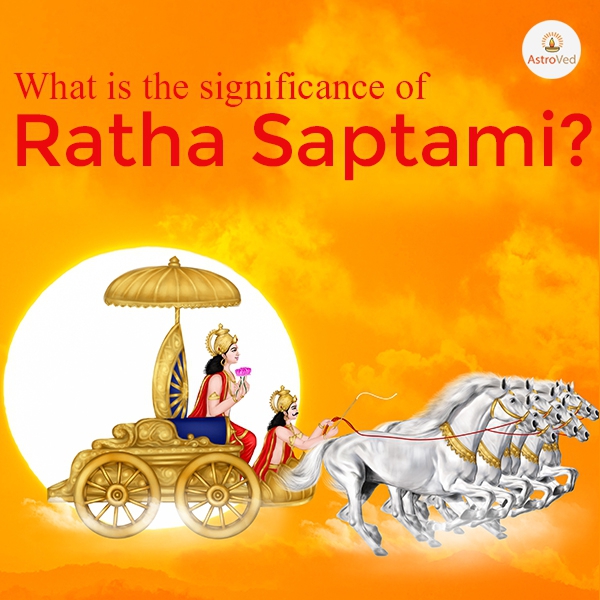
Significance of Ratha Saptami
The ritual of Sun worship is mentioned in the Vedas, the sacred texts of Hindus. It is also mentioned in the mythologies of countries like China, Egy
pt, and Mesopotamia. The Gayatri Mantra is a sacred Vedic chant to the Sun god, and many Hindus recite it with great reverence. It is believed that the seven horses that draw Surya’s chariot symbolize the seven colors of the rainbow. The seven horses are also believed to represent the seven days of the week beginning with Sunday, which is the day of the Sun God. The chariot’s twelve wheels represent the 12 signs of the Zodiac and constitute a full year, called Samvatsara. The sign, Leo or Simha, is the Sun’s own house, and he occupies a different house every month. The entire cycle takes 365 days. Thus the Ratha Saptami festival celebrates the dispersal of light and energy emitted by the Sun God.
Ratha Saptami also marks the birth of the Sun God. He was born as the child of sage Kashyapa and his wife, Aditi. The day is celebrated as Surya Jayanti (Sun God’s birthday). There is a legend related to King Yashovarma of the Kamboj empire who lacked an heir to rule his kingdom. After he prayed to God, a son was born to him. But the child had a terminal illness, and the king became grief-stricken. A saint who was visiting the palace advised the king to allow his son to perform the Ratha Saptami pooja with devotion so that his past sins could be removed. When the king’s son did the pooja, his illness was miraculously cured, and he went on to rule his kingdom. Another legend says that sage Bhishma breathed his last on the fourth day after Ratha Saptami.
Rituals of Ratha Saptami
Ratha Saptami usually begins with a sacred bath (devotees also bathe in rivers or seas). The devotee holds several Ekka (Calotropis Gigantea) leaves on their head during the bath and chant a hymn which invokes the benevolence of the Lord. They also offer water cupped in their palms – this is called Arghyam or Tarpanam - to the Sun God while chanting hymns to the Sun God. A pooja is performed with Naivedhya (food offering), flowers, and fruits offered to the God. Some of the prayers offered to the Sun God on Ratha Saptami are the Gayatri, Adityahridayam, Suryashtakam, and Surya Sahasram namam. The most ideal time for the pooja is within one hour after the sun rises. In Mysore and Melkote, there are ceremonial processions carrying the Surya Mandala, which is the icon of the Sun God.
It is believed that Arka leaves are very important in Sun worship. The leaves are called Erukku in Tamil and bowstring hemp in English. The word is a synonym for the Sun or Surya. Arka leaves are also used in the worship of Lord Ganesha and Lord Hanuman. Its shape supposedly represents the Sun God’s shoulders and chariot. During the ritualistic bath, seven leaves are used - one is placed on the head, two are placed on the shoulders, and two each on the knees and feet. In South India, women draw a kolam of a chariot and seven horses with colored rice powder. This symbolizes Ratha Saptami. At the center of this kolam, cow dung cakes are burnt, and boiled milk is offered to the Sun God. Ratha Saptami is an important celebration in some important Vaishnavite temples like Tirumala, Melukote, Srirangam, and Srirangapattana.










